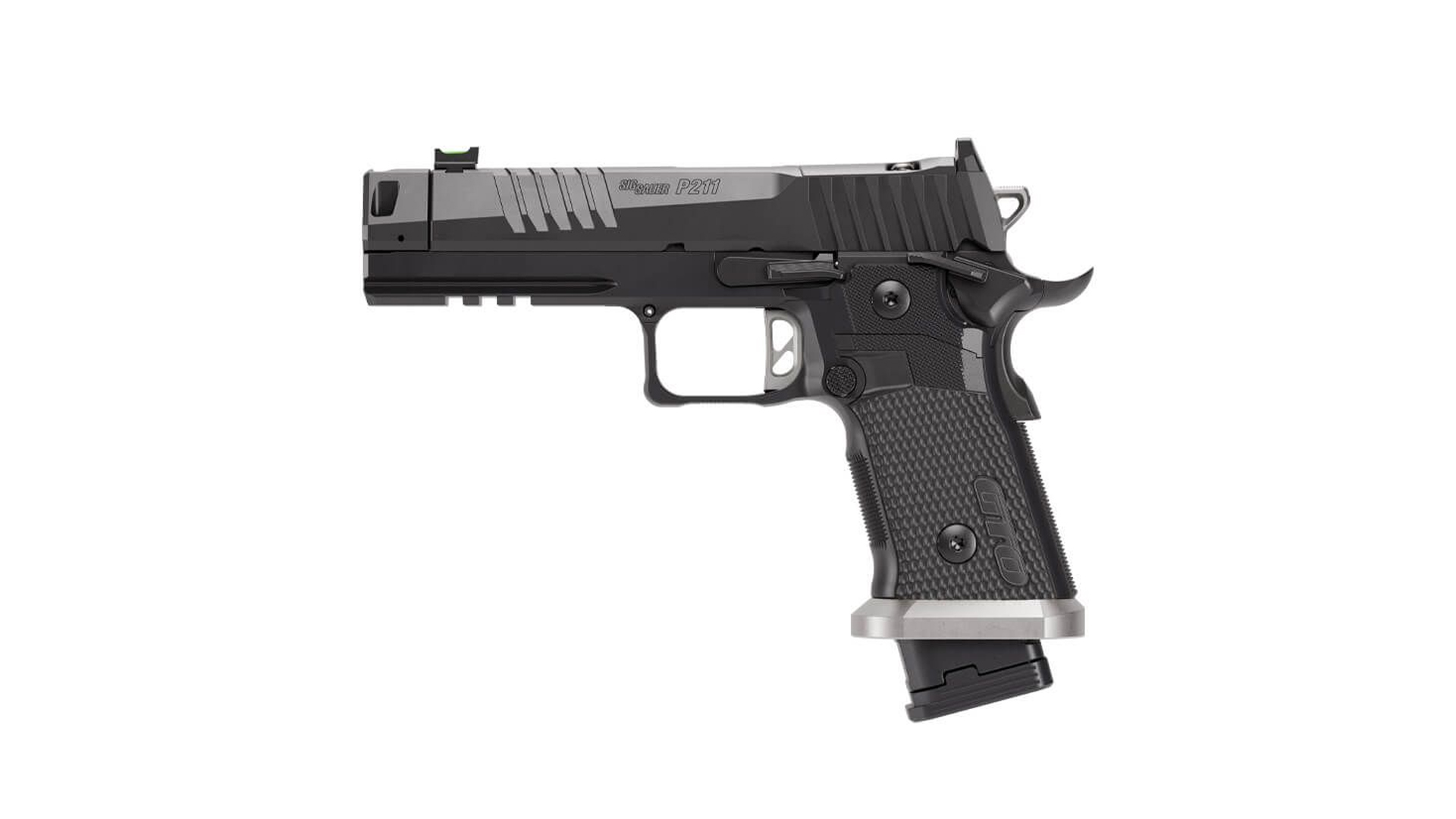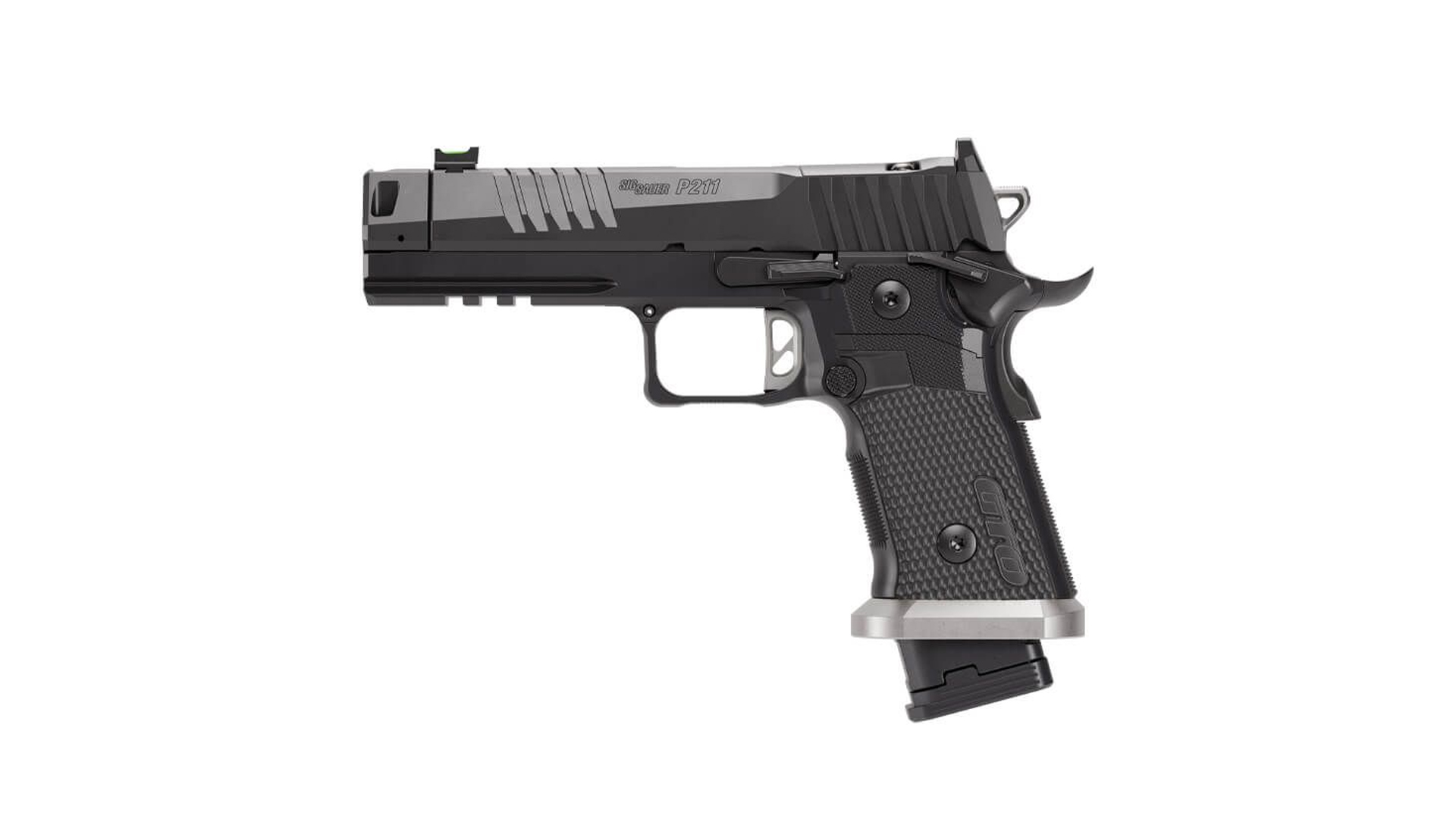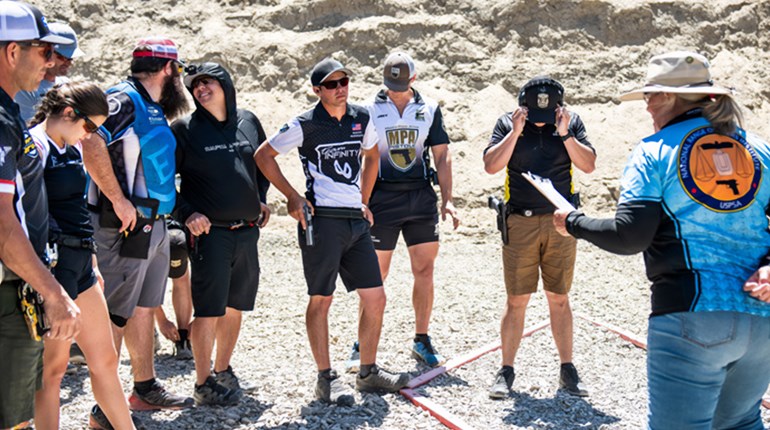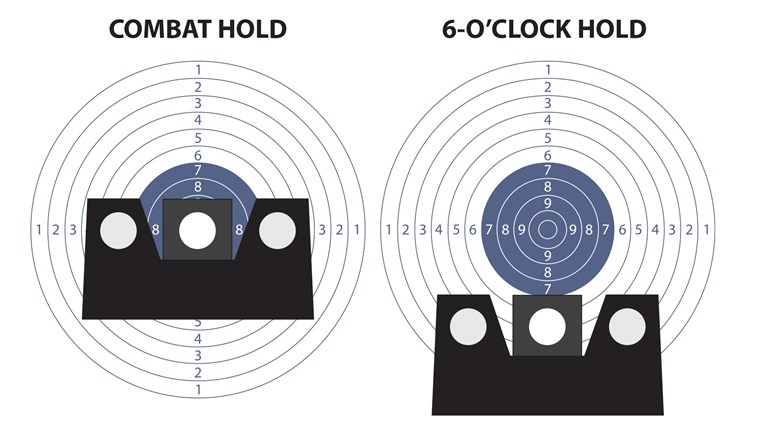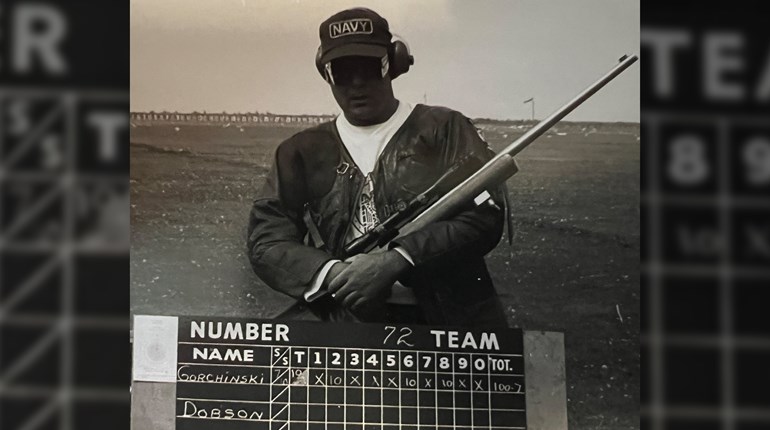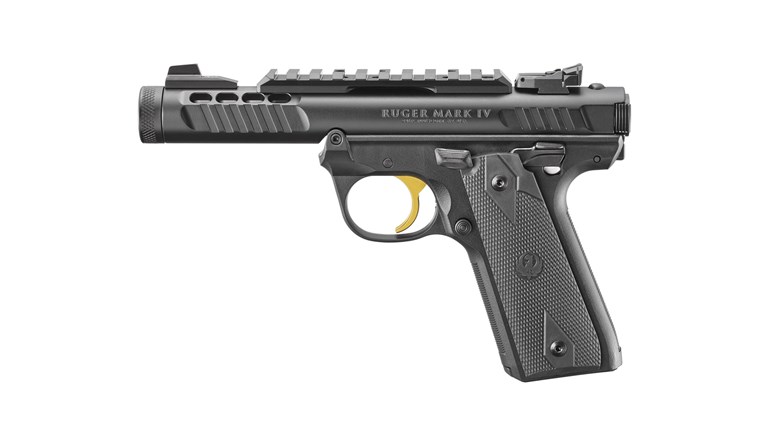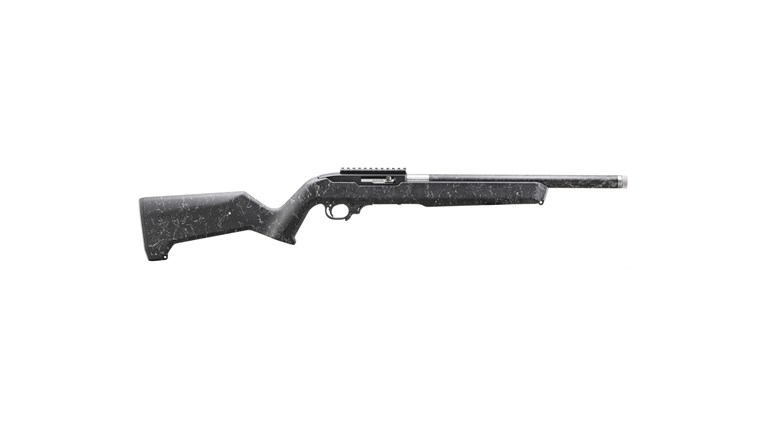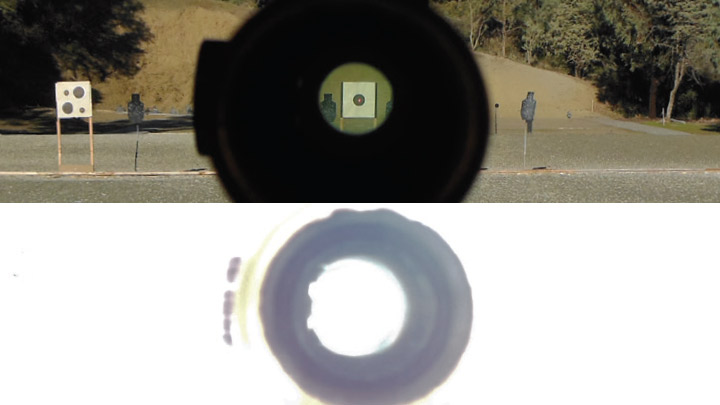
We may have outstanding eyesight, but once in a while we may lose our sight picture as we aim with our firearms—whether looking through our scopes or with iron sights.
Common causes for vision disturbances may be from outdated eyeglass prescriptions, dry eyes, contact lens difficulties, health issues and side effects from medications. During pistol clinics, we may hear, “Do not hold your breath too long as this will affect your focus!”

There is another cause, which I believe is more common than we realize, the “Troxler effect.” Put simply, our vision will fade if we stare too long. With most shooting disciplines, our shots go off rather quickly and we would never experience this Troxler effect. However, during slow-fire courses with pistols and rifles, we may be experiencing this Troxler effect more often than we think. I believe this occurs more often with law enforcement and the military when a long hold is needed before the shot breaks.
Testing
I had difficulties understanding problems with focus by holding our breaths for a short period of time. A few of my colleagues were unaware of this as well. Other factors would cause us to abort a shot such as “chicken finger” or “dressing up sight alignment” rather than holding our breath too long. This curiosity led me to some experimentation.
The four conditions during my testing:
- Seeing with “dominant” eye while holding breath.
- Seeing with “dominant” eye while breathing normally.
- Seeing with “non-dominant” eye while holding breath.
- Seeing with “non-dominant” eye while breathing normally.
In my eye exam room, I looked at an isolated letter similar to the size of a B-6 bullseye target at 50 yards. Being inside a controlled environment, there were no outside distractions. For my testing, the length of my breath hold was an arbitrary 45 seconds—although no one would ever hold this long before their shot broke.
While seeing with my dominant eye and holding my breath, I was having problems keeping focus after 20 seconds, and my first thought was that oxygen deprivation and CO2 buildup was the cause. After regaining focus, my vision was good until the end of the 45-second time frame.
Next, while seeing with the dominant eye while breathing normally, there was no difference in the results. Whether I held my breath or not, I lost focus after 20 seconds. While seeing with my non-dominant eye, whether holding my breath or while breathing normally, I lost focus after 5 to 8 seconds consistently.

Interpretation
These results were a surprise. I believe what had occurred was the phenomenon known as the Troxler effect. This term was named after the Swiss physician, Ignaz Paul Vital Troxler (1780-1866). (It’s also known as Troxler’s fading.) This is a visual phenomenon in which an object focused onto the retina with no movement will fade starting from the periphery. Our visual center within our brain is very sophisticated, but it needs constant stimulation to function. In my case, vision faded after 20 seconds in my dominant eye and 5 to 8 seconds in my non-dominant eye regardless whether I held my breath or breathed normally. Your results may likely be a little different since we may differ in the degree of dominancy with our right and left eyes.
I’m cross dominant, shooting with my left eye while holding pistols with my right hand. I never considered that to be a handicap and shooting this way has always felt normal and comfortable to me. Many will advocate shooting with the eye which corresponds to the dominant hand. This article is not the place to further this discussion. However, if one is using the non-dominant eye for shooting and the sight picture fades fairly quickly, one may wish to switch to their dominant eye. The dominant eye will provide longer and more stable vision.

Conclusion
We don’t experience this Troxler effect during our day-to-day lives because our eyes are constantly moving from one point to another. Think about it, the only time we tend to stare for any length of time is during target shooting. The reason we don’t usually experience this phenomenon is because our eyes may shift, the eyelids blink and the shot breaks fairly quickly. We don’t stare long enough in order for the Troxler effect to begin. Eye movement is needed to keep the brain stimulated so that Troxler effect does not happen. If we hold our sight picture too long, the stationary image of the bull and sights onto the retina will start this Troxler effect and I don’t believe oxygen deprivation and carbon dioxide buildup was ever an influence. Rifle shooters may notice this fading more readily because their aim would be steadier while using two hands, and sometimes supported. Interesting to note is that if our hold is very unsteady, the Troxler effect will not happen. “Don’t keep your hold too long” has always been good advice for many reasons. I suspect, although I haven’t come across any research, that how quickly the Troxler effect begins may be an indicator of the magnitude of eye dominance.
I invite you all to try my experiment at home. Try looking at different objects and sizes, cover your non-dominant eye and proceed to stare without moving your gaze. When the fading and blurring occur as you stare long enough, you are experiencing this same Troxler effect while you hold your firearm sight alignment too long and your vision begins to fade. Now cover your dominant eye and stare with the opposite eye and compare your results. Holding your breath or breathing normally will not change the results, but vision will fade quicker with the non-dominant eye.

Other visual functions such as alternating suppression and convergence/accommodation difficulties may coincide with the Troxler effect because the brain is trying to get the eyes to function once again.
Whenever one experiences firearm sight disturbance, shift your eyes, blink and/or quickly shake your head to regain focus. I would advise our law enforcement and military personnel to be especially aware of the Troxler effect while maintaining a sight picture for an extended period of time, not only during practice/training, but also during an active event while on duty. Upon a recent review of the U.S. Army Marksmanship Unit pistol training guide, there were two key recommendations to maintain good focus:
- “If you have formed a habit of looking too fixedly at things, remind yourself to blink. Blink consciously and often. Condition your reactions until you again have the unconscious blink.”
- “Normal shifting is absolutely essential to normal sight. Loss of vision is frequently in direct proportion to the loss of motion.”
Although not named, the training guide was referencing the Troxler effect. I hope this article was informative for you. Good vision and good shooting to all.
To learn more about vision as it pertains to competitive shooting, be sure to read this article that’s also by Dr. Norman Wong.
See more: The Appearance of Target Size



